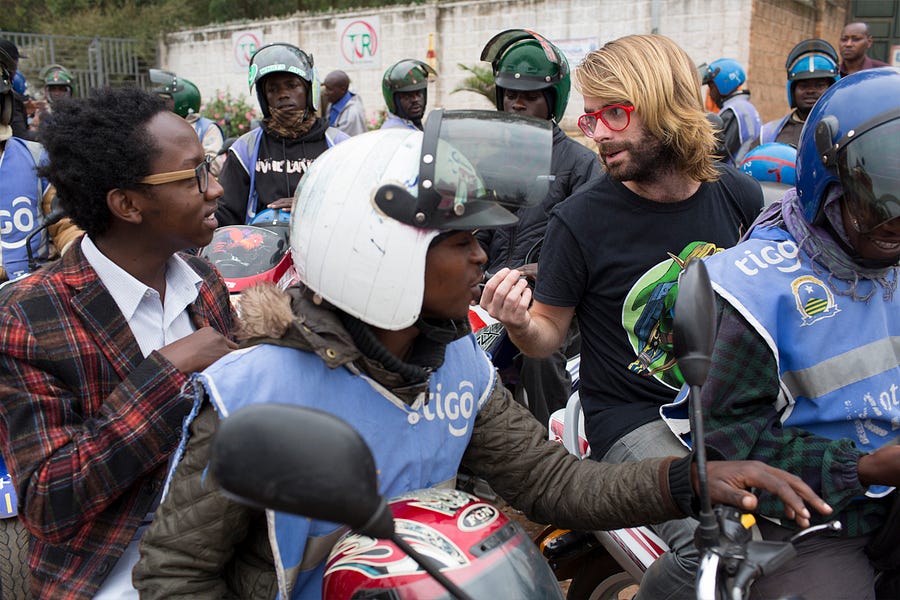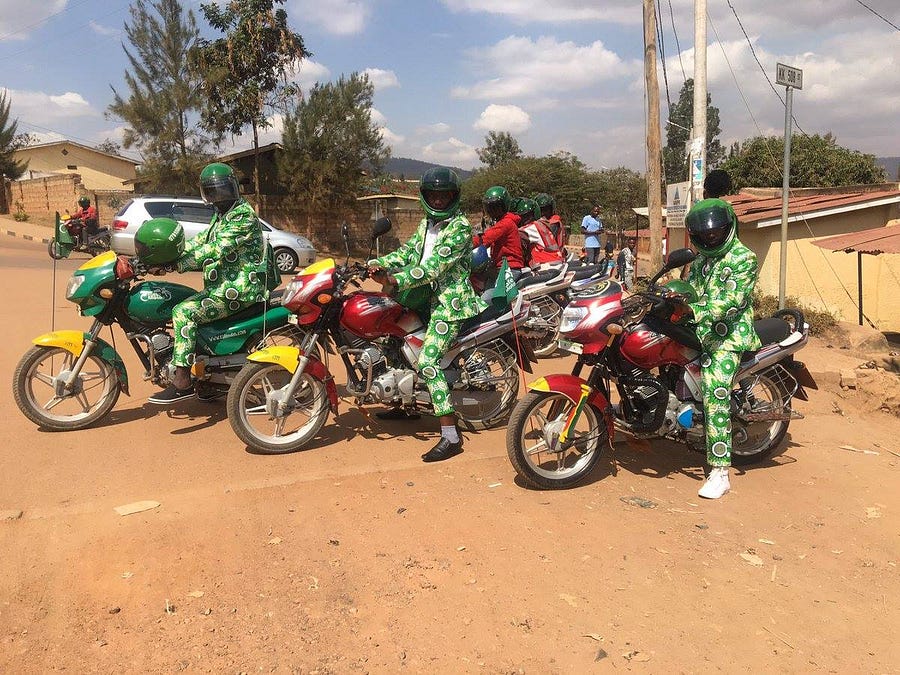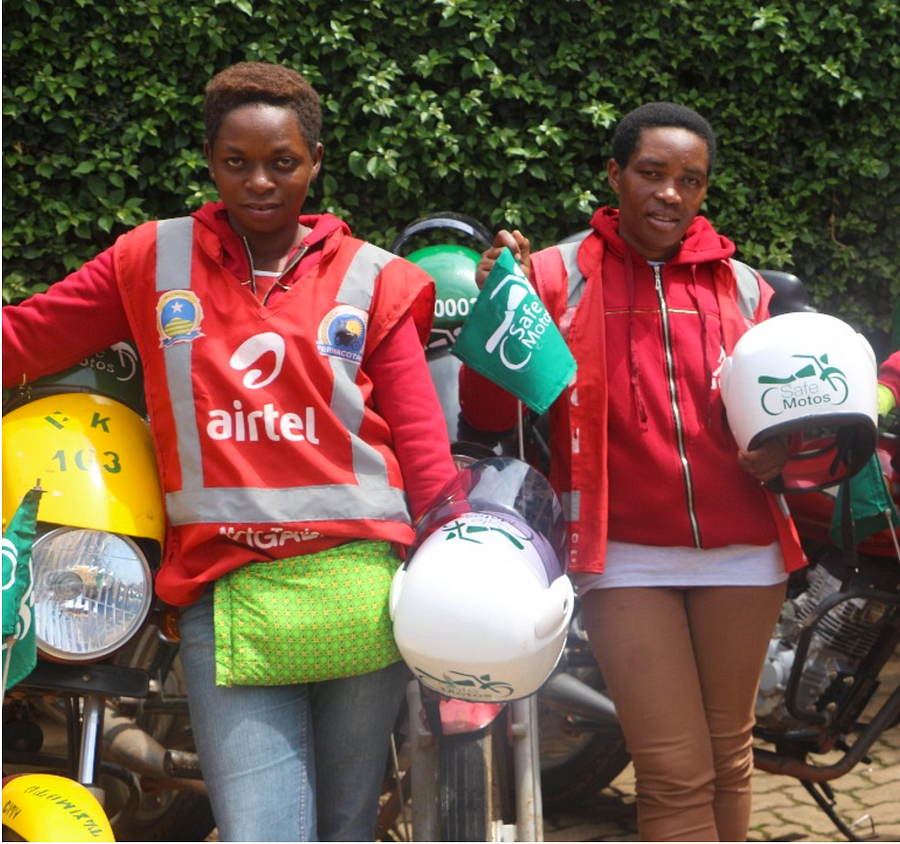Portrait of a GroundBreaker: Barrett Nash
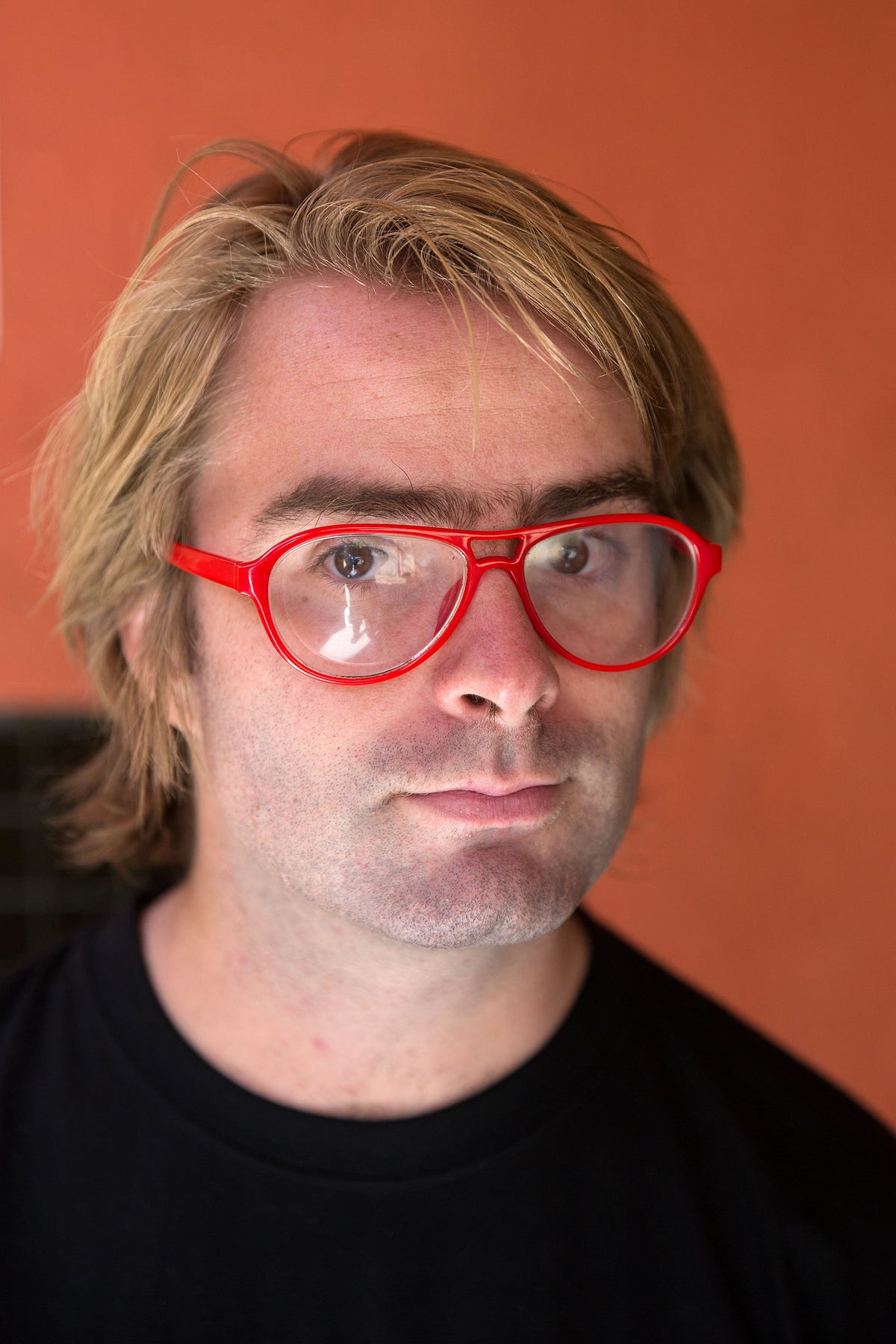
Barrett Nash is the Co-Founder of SafeMotos, a social enterprise that functions as an Uber for African motorcycle taxis. Beginning in Rwanda, SafeMotos is a ride hailing and on demand services platform that is a champion of the African startup ecosystem. SafeMotos has provided pathways to economic mobility for motorcycle drivers and leads the way forward for recruitment of female drivers on the continent. On this week’s feature of GroundBreakers’ Portraits of a GroundBreaker Series, our discussion with Nash ranged from SafeMotos’ expansion into Kinshasa to how the social enterprise uses innovative technology to measure rider safety on motorcycles.
What motivated you to help start SafeMotos?
I’m from the west coast of Canada but have spent the last decade in Africa. I originally came as a volunteer teacher and became inspired by living on this continent that is driving the future trends of our world. I went back to Canada after being a volunteer teacher and got involved with entrepreneurship. I loved the concept of startups and how as a founder you’re chasing something that is only limited by your ambition. When I finished university, I took an internship with the company One Laptop One Child and was positioned in Rwanda. I think of this country as the test kitchen of Africa as there are so many ideas ready to launch here and it is a wonderful place to live and work. I knew I wanted to be an entrepreneur here and at one point was involved in three different startups. After these experiences and involvements, I knew SafeMotos was the one.
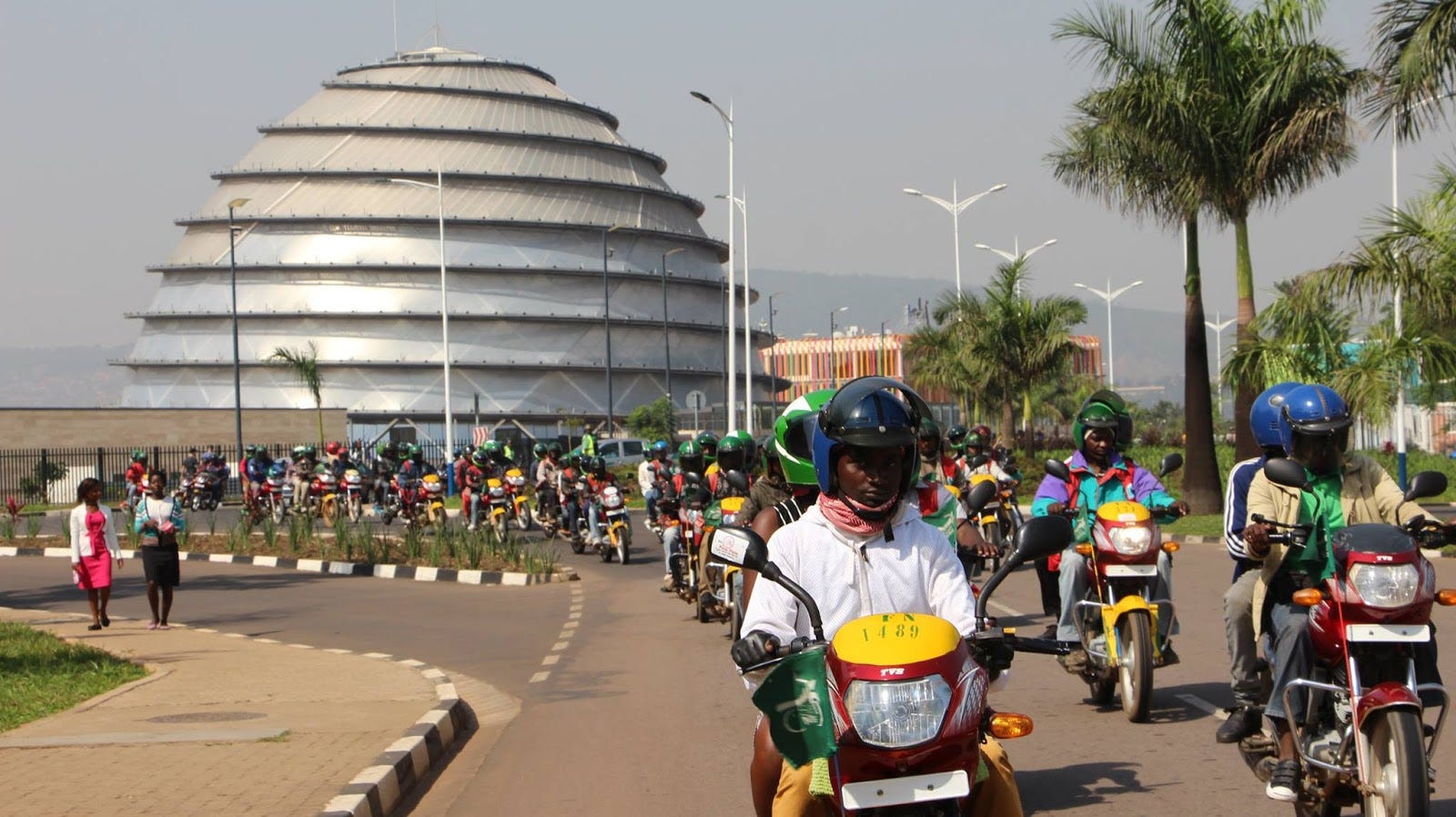
Could you tell us more about SafeMotos’ recent expansion into Kinshasa?
We started with the idea of making motorcycle taxis safer by using sensor technology and smartphones. An international accelerator group reached out to us and gave us funding for this concept even though we did little market research at first. Kigali is a small market with efficient utilization of the current motorcycle taxis on the streets. Because the city is already optimized as a network, there was limited scope for us to have impact.
Kinshasa, in comparison, is the third-largest city in Africa with no technology company of note. The city is no more dangerous than Johannesburg or Lagos or Nairobi and has a beautiful city plan even though there are often negative perceptions of the city and Democratic Republic of the Congo as a whole. One of the major problems in Kinshasa is transportation as there’s no real bus network or mass transportation system. If you don’t have your own car and driver, you’re stuck taking microbuses that aren’t the nicest way to get around. We’re looking at building off our SafeMotos model to be more ambitious in Kinshasa. We’re going to launch with cars using an Uber-like service and then will quickly expand to motorcycles and other digital services. We will be the first technology company of note in Kinshasa’s very large market and are looking to positively influence the technology ecosystem there. In a lot of regions, there are 10 apps for 10 services. We want to have 1 app for 10 services and have the design language reflect the way new African technology users engage with technology.
“People in Rwanda dream big. So many of the kids I speak with envision lives that are incredibly ambitious…Radical change has become normalized here over the last 30 years and the country is a remarkable place to be.”
What advice would you give to young people who want to become social entrepreneurs?
You have to realize that the work will be tough. I’m motivated by making the world a more optimized place and would never ask anyone else to live the life that I do because there is a lot of ambiguity and stress and uncertainty. Being an entrepreneur means going after a challenge worth solving and that has to be your primary focus.
Who are some of the people who inspire you in your work? Some of your mentors?
Paul Graham, the founder of Y Combinator, has been inspirational for me. I have loved his collection of essays because they show what it’s like to be inside an entrepreneur’s brain. I’m really driven by artists, because I think that being a startup founder is probably more of a task of creativity than business acumen in many ways. Running a startup is work of active creation, and in this sense I am inspired by my favorite artist, Andrei Tarkovsky.
We’re not a startup that is based in the West that is making money not from traction but from impact metrics. We are different in that we are more fit for direct purpose. Our work is not defined yet and we feel like pioneers in this space. In America, everything is about lean-startup methodology and execution and growing fast. That space is like being a runner where you just have to run as fast as you can and the fastest runner gets the prize. In contrast, in Rwanda and many other places in Africa, we feel that the methodology for founding and what makes a startup successful is still not defined yet. It feels like going through the forest and having to clear the brush ahead of you. On days that are going slow or we’re having challenges, I take inspiration from the fact that if we find solutions to these challenges, the work will be easier for those who follow in our footsteps.
“The idea here is that if the road is good, we go fast, and if the road is bad, we don’t go fast. Because of this the increased quality of roads has been one of the biggest causes of increased traffic fatalities in Africa because bad roads were a bottleneck to speed.”
What is your relationship with the Rwandan government in efforts to improve road safety?
As a startup we are in the position where we want the government as our friend but are also aware that the government can be a barrier to growth. The Government of Rwanda is very technocratic on these tough issues and is a strong authority. The problem is that startups work at one speed and government works at another.
What are the qualifications for a driver to be certified with SafeMotos?
We only work with drivers who have at least 3 years’ experience and are properly licensed. If a driver has 3 years of experience, then that means they can survive well on the street. Drivers here don’t have the best concept of customer care and safety. In the driver culture here, the driver never expects to see you again after a ride and the prices are semi-fixed. The practice is to get the customer to where they’re going as fast as possible in order to get the next customer quickly. We take a different model where the biggest input is customer feedback and drivers have to maintain a certain positive ranking on customer reviews.
We also use telematics where we pull sensor data from the smartphone’s gyroscope, accelerometer, and GPS chip to run analytics on rapid acceleration, speed management, rapid braking of our drivers. We use this to detect good drivers and bad drivers and then pair good drivers with customers. The biggest input to telematics is rapid deceleration, such as hard braking. A high frequency of hard braking means that the driver is probably going too fast and trying not to hit something. Our view is that the driver will eventually have an accident if they’re hard braking this often. We are looking for confident moto drivers who drive at stable speeds and our research is of a high enough quality that we are able to accurately identify such drivers.
What do African governments need to do to promote road safety, especially in the context of rapid urbanization in African countries?
African cities weren’t designed for the amount of traffic they now have. Unfortunately the dynamic still consists of fly-in expertise where traffic specialists come from Europe and propose grandiose and expensive ideas that aren’t very realistic or practical.
The Government of Rwanda has done innovative work on road safety and enforces traffic laws unlike the dynamics of traffic safety in Kinshasa. Corruption is widespread in Kinshasa and adherence to rule of law is far better in Rwanda. For motos, the best policy move would be to have two a separate lane for motorcycles. There should be a dedicated moto lane in the middle of two lane roads that doesn’t allow cars into it.
The way people learn to drive in many African countries is very academic, with the test depending on knowledge from a textbook instead of time behind the wheel. The idea here is that if the road is good, we go fast, and if the road is bad, we don’t go fast. Because of this the increased quality of roads has been one of the biggest causes of increased traffic fatalities in Africa because bad roads were a bottleneck to speed.
How do women’s rights intersect with issues in the transportation industry in Rwanda?
In Rwanda, there is a lot of talk around women’s rights especially considering over half of the Rwandan parliament is female. But the broader picture tells a different story, with most industries outside of farming being completely male-dominated. The transport industry has so far to go to become progressive for women.
It’s also gross that women are expected to jump on the back of a motorcycle driven by a guy they’ve never met before and they should have the freedom of choice for their rides. We want to give women the option to sign up for a ride with a female driver if that’s their preference. We’ve been recruiting female drivers through word-of-mouth. Our numbers are still small enough that we’ve recruited a rebel core and it’s been fun to work with these women.
Being a moto driver also offers a lot of economic mobility and is the dream of a lot of house staff throughout African countries. Most male drivers will start off as farmers, house staff, or construction workers and then graduate to becoming a moto driver which is considered a strong middle-class job for most people. What has happened with our new female drivers program with SafeMotos is that word has spread among maids of homes in Kigali. We’ve been overwhelmed with responses and interest which is so exciting. At the bare minimum, at least 10% of drivers should be females just from a demand perspective.
What challenges did you face in starting SafeMotos?
There are known unknowns and unknown unknowns and the huge number of unknown unknowns and false assumptions is what can really set a founder back. What has been challenging is the ecosystem here in comparison to all the mentorship networks and knowledge hubs about entrepreneurship in the U.S. We have two main investors for SafeMotos. One is an international venture capital fund that had never invested in a company in Africa before and a lot of our discussions with them revolve around resiliency. It has been a steep climb and nothing has come easy.
“In Rwanda, there is a lot of talk around women’s rights especially considering over half of the Rwandan parliament is female. But the broader picture tells a different story, with most industries outside of farming being completely male-dominated. The transport industry has so far to go in terms of becoming progressive for women.”
Coming from Canada, how do you view terms like “developed” and “developing” after living in Rwanda for so many years?
These terms are ambiguous and I feel that they are wrong because they imply that the way forward for countries in Africa is to become more “developed” when the best solution may be a non-linear progression. This means adding an axis on the development pathway rather than chasing the same axis that has worked in other countries but may not be fitting to the African context.
What I have become more aware of from living in Rwanda is the demographics of aging in Canada and general hopelessness there. I’ve found that oftentimes in the West people don’t have optimism for future generations whereas in the past there was this idea that the next generation would be better off. In contrast, people in Rwanda dream big. So many of the kids I speak with envision lives that are incredibly ambitious. Rwanda is the fastest country in the world from a human development index perspective. Radical change has become normalized here over the last 30 years and the country is a remarkable place to be.


